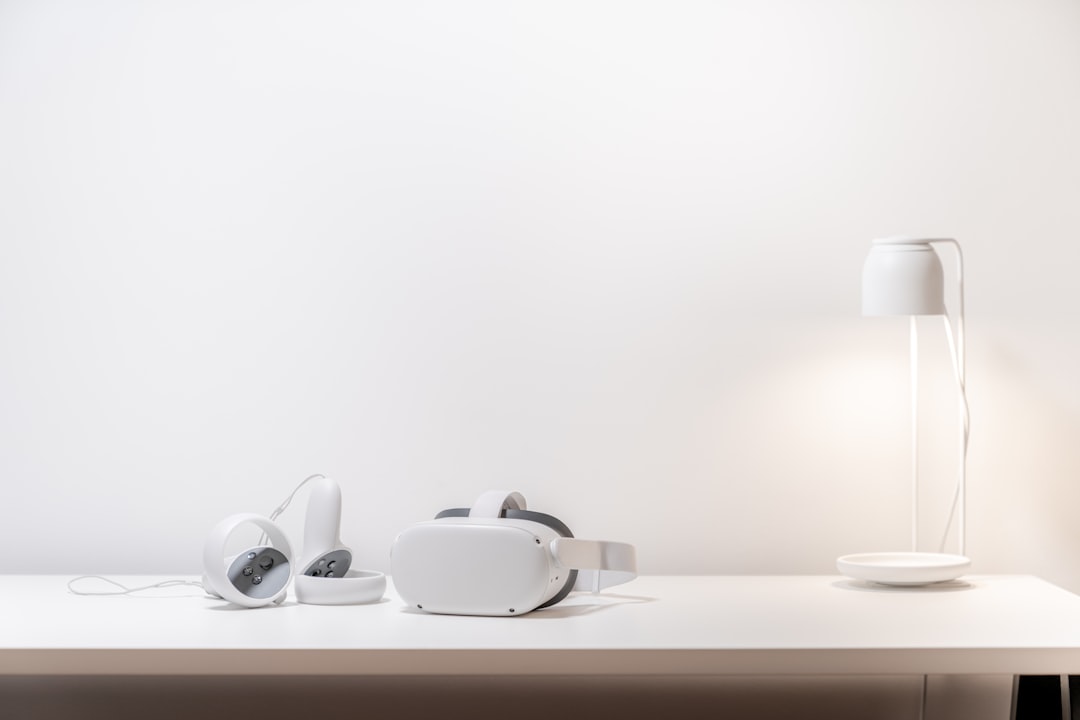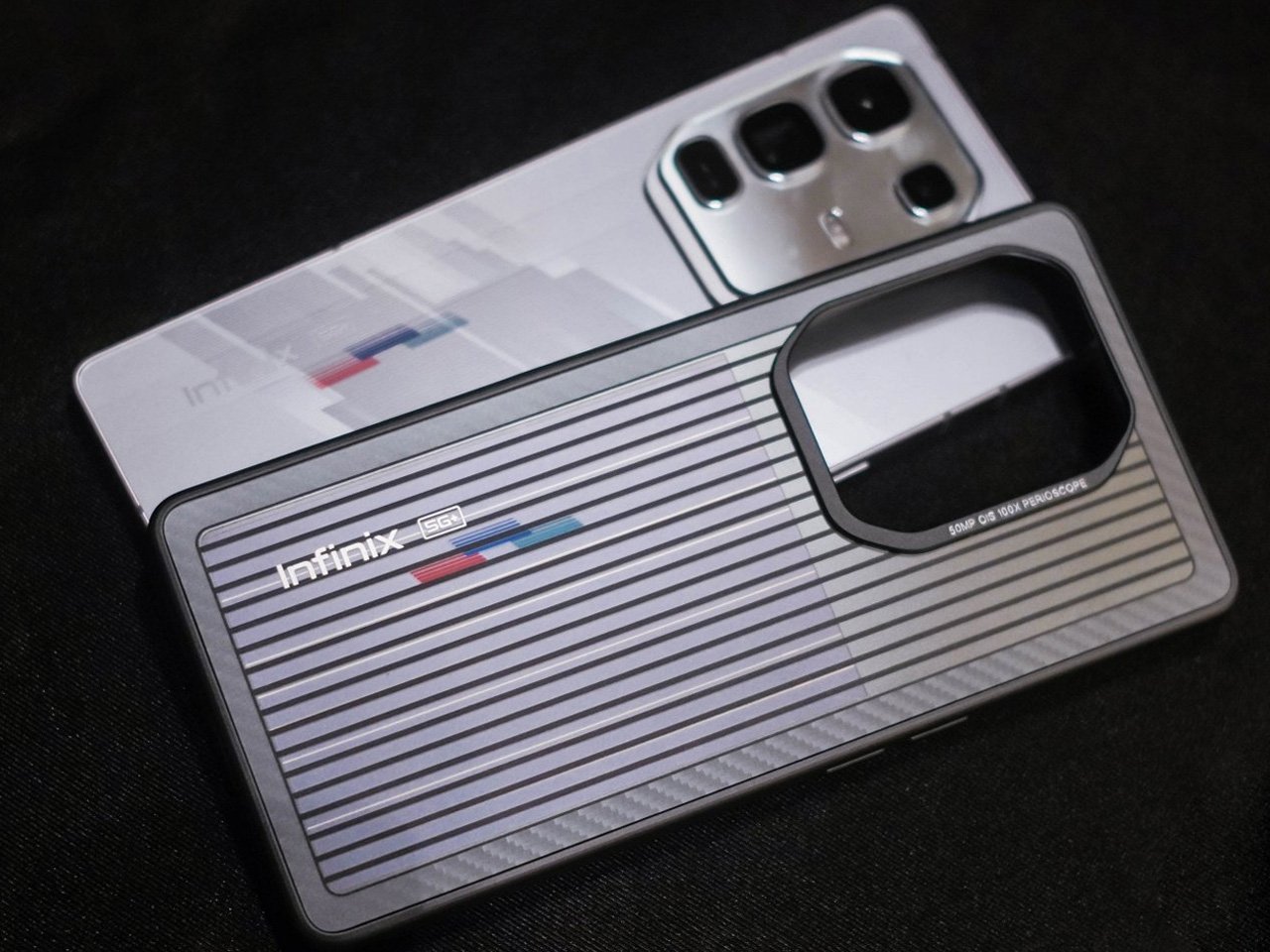#How Can Businesses Leverage Augmented Reality (AR) And Virtual Reality (VR) Technologies?

Table of Contents
In today’s fast-paced business world, staying ahead of the curve is a top priority for any company. And with the rise of advanced technologies like Augmented Reality (AR) and Virtual Reality (VR), businesses have new tools at their disposal to elevate their operations and connect with customers in exciting ways. In this article, we’ll explore how businesses can leverage AR and VR technologies to boost engagement, increase sales, and drive success. From the types of solutions available to real-life examples of usage, we’ve got you covered. So buckle up and let’s dive into the fascinating world of AR and VR!
What Is Augmented Reality (AR) And Virtual Reality (VR)?
Augmented Reality (AR) and Virtual Reality (VR) are two advanced technologies that have become increasingly popular in recent years. AR is a technology that enhances the real world by overlaying digital information, such as images or text, onto physical objects using a smartphone screen or wearable device. On the other hand, VR creates an entirely immersive experience for users through a headset that blocks out the real world and transports them to a virtual environment.
Both technologies offer unique benefits for businesses looking to enhance their operations and connect with customers in new ways. For example, AR can be used to create interactive product demonstrations or provide additional information about products when scanned with a smartphone camera. Meanwhile, VR can be leveraged to provide immersive training experiences for employees or showcase virtual tours of properties before they are built.
Types Of AR And VR Solutions For Businesses:
There are several types of AR and VR solutions that businesses can leverage to enhance their operations. One of the most common forms is through mobile applications, which use a device’s camera to overlay virtual elements onto the real world. This can be used for product demonstrations or even as a wayfinding tool within physical spaces.
Another type of AR/VR solution is head-mounted displays (HMDs), which allow users to fully immerse themselves in a virtual environment. These are commonly used for training simulations, such as flight simulators or medical procedures.
In addition, there are also projection-based AR systems that project virtual objects onto physical surfaces, such as walls or floors. This technology has been leveraged by retailers to create interactive displays where customers can see how furniture would look in their homes before making a purchase.
Haptic feedback devices provide users with tactile sensations that enhance their immersion in an augmented or virtual reality experience. These devices are commonly used in gaming and entertainment industries but could have potential uses for businesses looking to provide more realistic training experiences.
How Can Augmented Reality And Virtual Reality Be Leveraged?
Augmented Reality (AR) and Virtual Reality (VR) have been making waves in the world of technology for quite some time now. While these technologies were initially seen as limited to gaming and entertainment, their potential has since been realized across a wide range of industries. From healthcare to education, AR and VR are being leveraged in innovative ways to enhance user experiences and drive business growth.
For instance, in Advanced PPC training Rohini has started using AR/VR technology to provide students with a more immersive learning experience. With AR/VR integration, students can now visualize concepts more easily leading to better retention rates. Similarly, businesses are leveraging AR/VR technology in sales pitches and product demos by creating virtual environments that let customers realistically interact with products before making purchases.
In addition, companies like IKEA have introduced AR-enabled apps that let customers place furniture items virtually within their homes before buying them.
How Are Augmented And Virtual Reality Being Used In Business?
Augmented reality and virtual reality are changing the way businesses operate. These technologies have been adopted by various industries to improve customer engagement, enhance employee training, and streamline business operations.
One of the most popular uses of augmented reality is in marketing. AR allows businesses to create interactive experiences for their customers through mobile apps or smart glasses. For instance, IKEA’s Place app uses AR technology to help customers visualize furniture in their homes before making a purchase.
Virtual reality is used extensively in employee training programs across multiple industries such as healthcare and aviation. VR simulations allow employees to train for real-life scenarios without putting themselves or others at risk. This provides an immersive learning experience that can enhance retention rates.
AR and VR are also revolutionizing remote collaboration by allowing team members from different locations to work together in virtual environments using head-mounted displays or other devices. This had become especially relevant during the pandemic when many people were forced to work remotely.
Augmented and virtual reality technologies provide numerous opportunities for businesses to innovate and remain competitive while improving customer satisfaction, enhancing employee skills, streamlining processes, fostering creativity, and driving growth.
How Can Augmented Reality AR And Virtual Reality VR Be Used To Make It Successful?
The success of augmented reality (AR) and virtual reality (VR) in businesses depends on how well they are implemented. Here’s how AR and VR can be leveraged to make it successful.
Firstly, businesses should identify their goals for using AR and VR technologies. Are they looking to enhance customer experience, improve employee training or streamline manufacturing processes? Once the objectives are clear, the next step is to choose the right type of AR or VR solution.
One effective way to ensure success is by testing the technology before implementing it on a larger scale. This makes sure that any issues or limitations can be addressed beforehand. Furthermore, companies must invest in high-quality hardware and software solutions as low-cost options may not offer reliable performance.
Another key factor is user experience design which impacts engagement levels with customers or employees when interacting with AR/VR technology. A well-designed user interface enhances usability and promotes seamless interaction leading to greater adoption rates among users.
Companies must evaluate ROI periodically by assessing KPIs such as increased sales conversions, decreased churn rates, or enhanced productivity levels resulting from using AR/VR technologies in business operations.
Leveraging AR/VR requires careful planning based on specific business objectives followed by strategic implementation supported by high-quality hardware/software solutions coupled with engaging user experience designs resulting in measurable ROI metrics over time.
Conclusion
Businesses can leverage augmented reality (AR) and virtual reality (VR) technologies to enhance customer experiences, improve employee training and productivity, and streamline operations. With the advancement of technology, AR and VR solutions have become more accessible for companies of all sizes. By understanding the types of AR and VR solutions available in the market, businesses can choose the one that best suits their needs. It’s essential to have a clear plan on how these technologies will be implemented within an organization to achieve success.
by pooja shaw
If you liked the article, do not forget to share it with your friends. Follow us on Google News too, click on the star and choose us from your favorites.
For forums sites go to Forum.BuradaBiliyorum.Com
If you want to read more like this article, you can visit our Technology category.




Affiliate marketing is the process of earning commission by recommending a product or service offered by another business. As a business model, it can Affiliate Marketing Delhi be highly profitable because the business pays you for every referred sale.